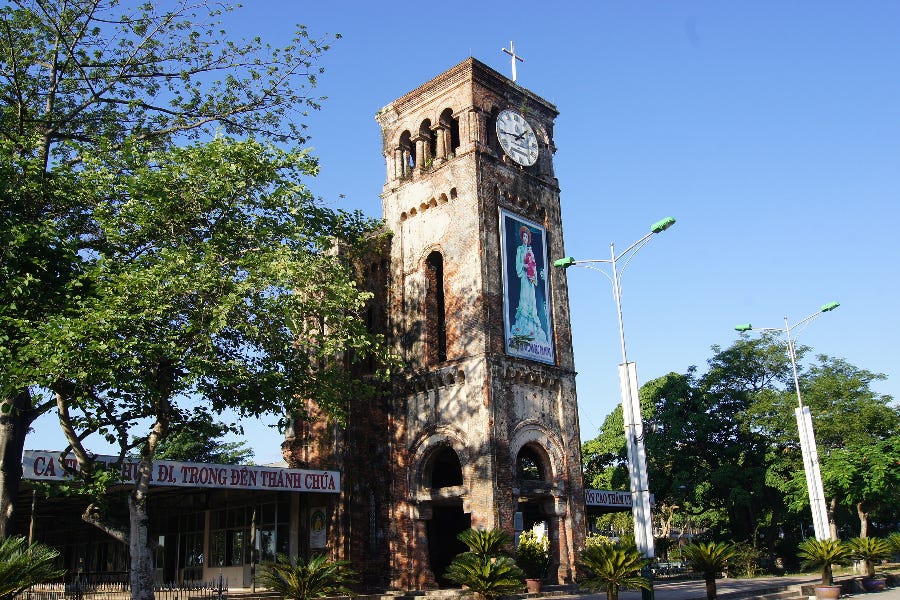Why a papal trip to Vietnam is now possible
Until quite recently, the prospect of a papal visit would have seemed fanciful.
Until quite recently, a papal visit to Vietnam would have seemed fanciful, like a pontifical trip to the North Pole or Mars. But this week, it began to look like a genuine possibility.

That is surpris…
